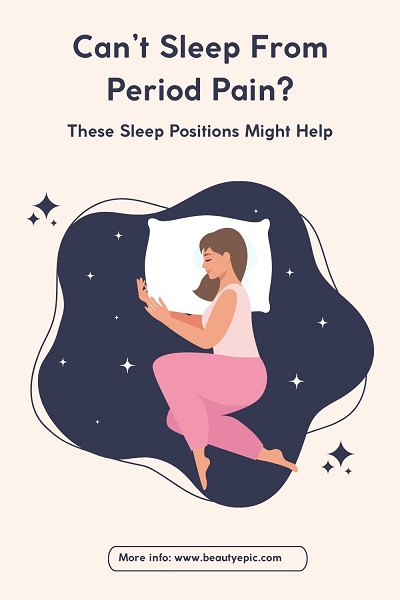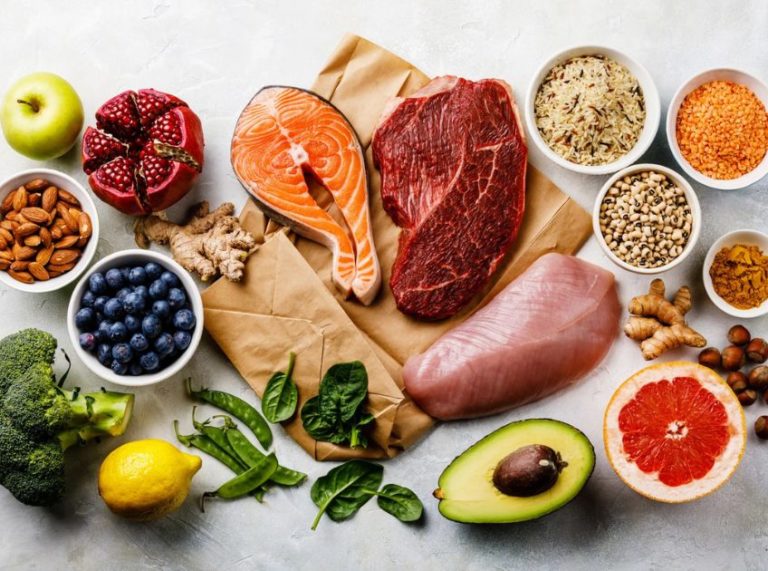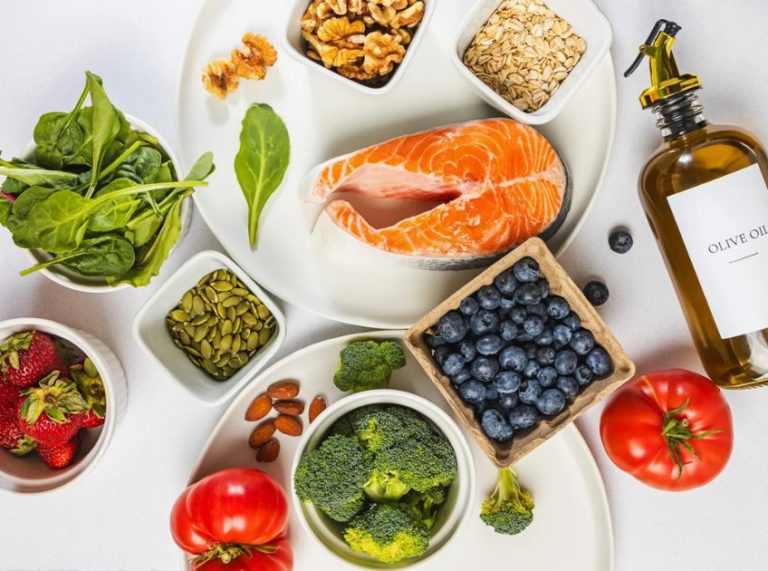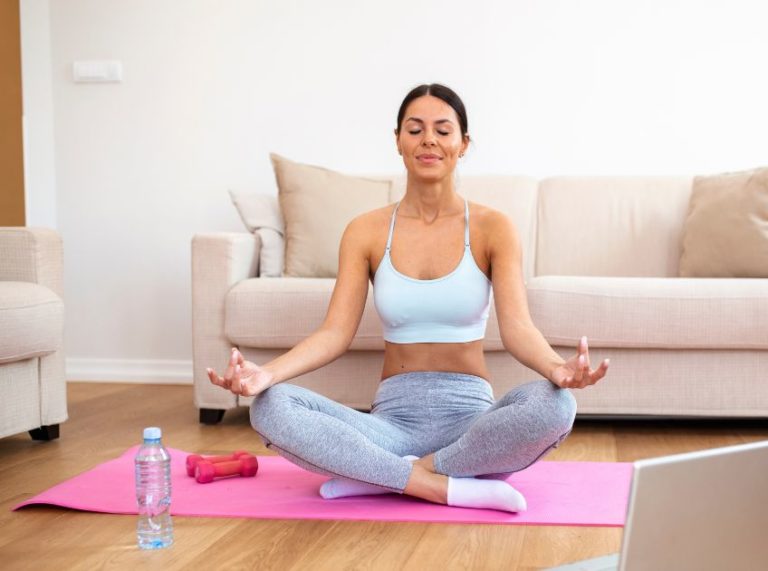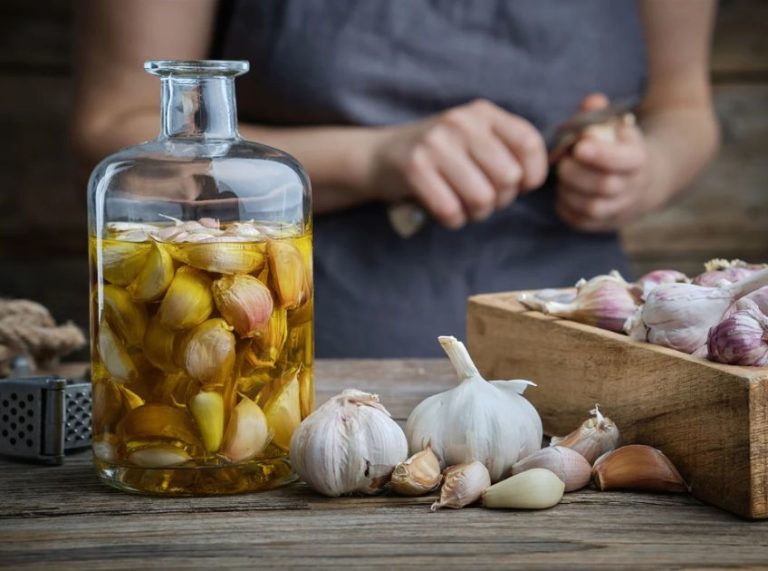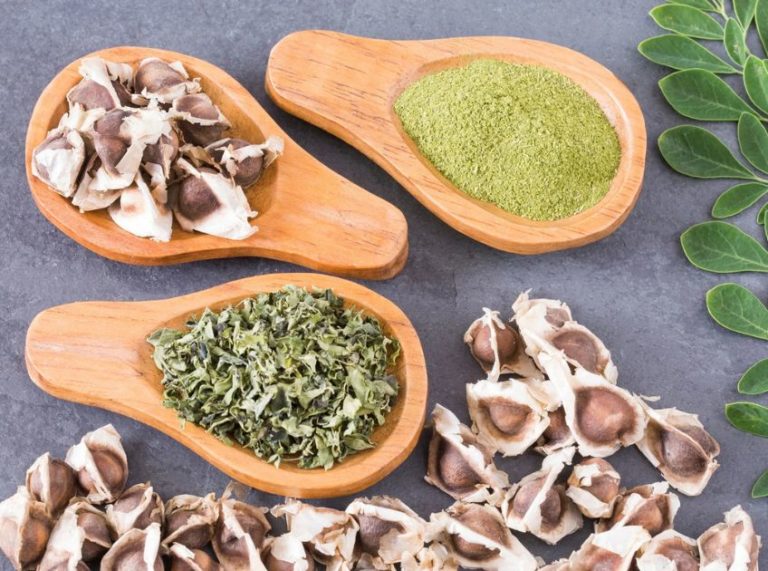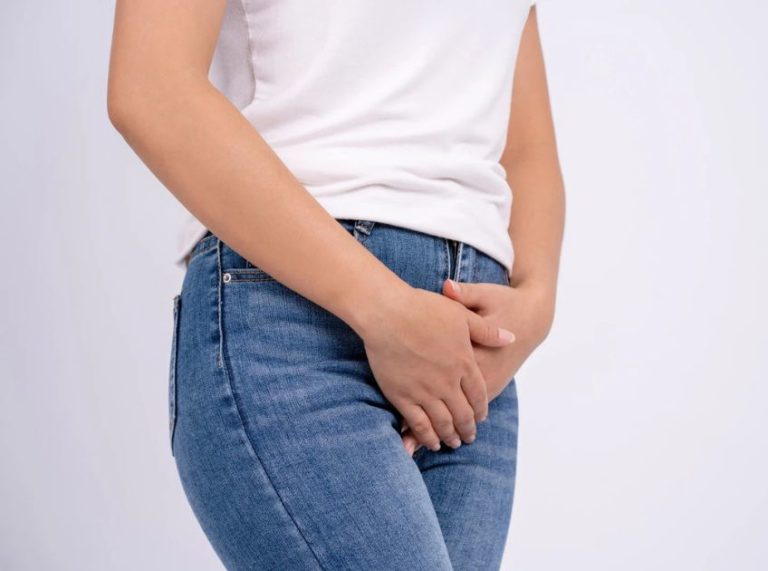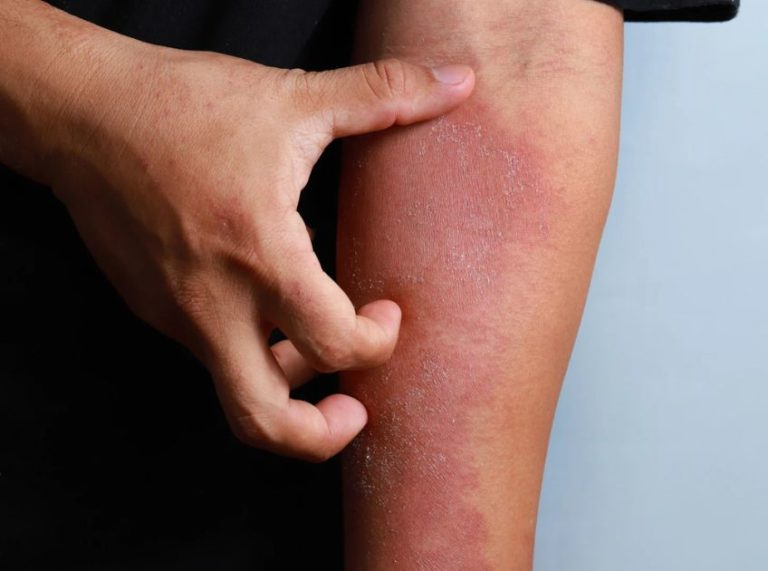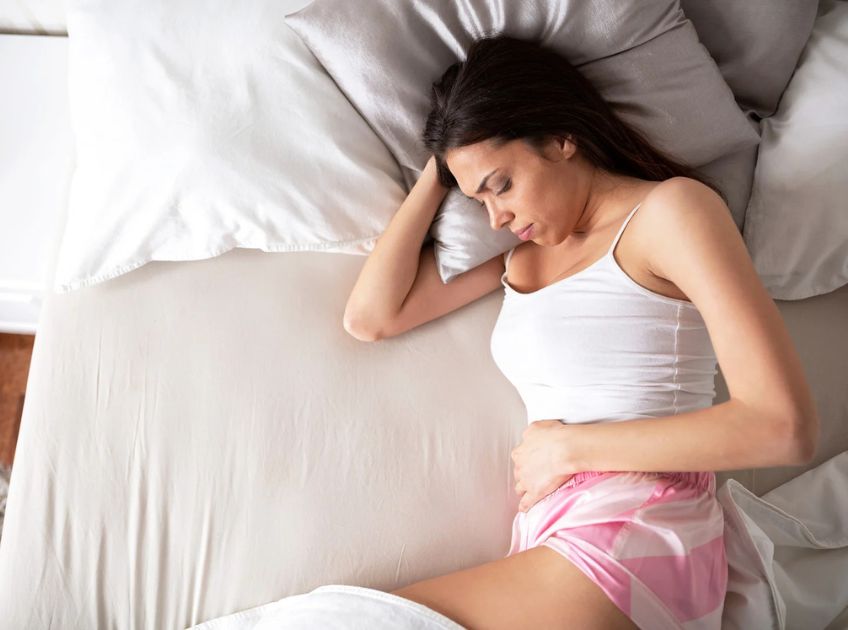
Important: This article is for informational purposes only. Please read our full disclaimer for more details.
Menstrual cramps can disrupt your entire day, but they can also hijack your nights. If you’re tossing and turning because of a familiar lower belly ache, your sleep position might be exacerbating it. In this expert guide, we’ll explore the science of period pain and reveal the best sleeping positions and natural relief strategies to help you sleep better on your period.
Article Contains
- Why Do Period Cramps Hurt So Much?
- Sleep Smarter: Best Positions to Soothe Period Cramps
- Sleep Positions to Avoid During Menstrual Pain
- What Eases Cramps Besides Sleep Position?
- Massage Therapy for Menstrual Relief
- More Cramp Relief Options to Use Before Bed
- Best Foods and Drinks to Calm Period Pain
Why Do Period Cramps Hurt So Much?
Menstrual cramps, or dysmenorrhea, are caused by uterine contractions triggered by prostaglandins—hormone-like substances that help shed the uterine lining. High levels of prostaglandins can lead to stronger, more painful cramps, often felt in the lower abdomen, lower back, and even the thighs.
According to the American College of Obstetricians and Gynecologists (ACOG), up to 90% of menstruating women experience period pain at some point, and for some, it can significantly affect sleep quality (1).
Sleep Smarter: Best Positions to Soothe Period Cramps
Your sleep posture can influence how much pressure is placed on your abdomen and spine. Certain positions can reduce uterine compression, improve circulation, and relax abdominal muscles.
1. Fetal Position (Side-Lying with Knees Tucked)
- Why it helps: Relieves pressure on the abdominal muscles and reduces tension in the pelvic region.
- Bonus: Helps prevent leakage during heavy flow nights.
- Scientific Note: A 2015 review in Sleep Medicine Clinics emphasized that side-lying positions can enhance circulation and reduce musculoskeletal discomfort.
2. Reclined Back Position with a Pillow Under the Knees
- Why it helps: Elevating the knees can reduce strain on the lower back and promote better spinal alignment.
- Pro Tip: Use a wedge pillow or a rolled towel for knee support.
3. Child’s Pose-Inspired Position
- How to do it: Lying face-down with knees pulled under you (if you’re a stomach sleeper).
- Why it helps: Releases tension in the lower back and promotes gentle uterine compression that can feel soothing to some.
Sleep Positions to Avoid During Menstrual Pain
Certain positions may intensify cramping or disrupt restful sleep.
- Flat on the back without support: Can exacerbate back tension.
- Stomach sleeping: May increase abdominal pressure and worsen cramps for many.
- Sleeping curled too tightly can restrict breathing or circulation if not balanced.
What Eases Cramps Besides Sleep Position?
Improving sleep posture is powerful—but it’s just one piece of the puzzle. Incorporate the following for more complete relief:
- Hydration: Drinking enough water can ease bloating and reduce prostaglandin production.
- Heat therapy: Heating pads increase blood flow and relax contracting muscles (2).
- Light movement: Gentle stretching or yoga before bed may ease muscular tension.
Massage Therapy for Menstrual Relief
A light abdominal massage using essential oils such as lavender, clary sage, or marjoram can significantly reduce period pain. A 2013 study in the Journal of Obstetrics and Gynaecology Research showed that women who received aromatherapy abdominal massages reported less pain intensity than those who did not (3).
Try this technique
- Warm your hands and apply diluted essential oil in a circular motion.
- Focus on the lower abdomen and lower back.
- Massage for 5–10 minutes before bed.
More Cramp Relief Options to Use Before Bed
When you’re battling intense cramps at night, layering relief techniques works best:
- Heat wraps or hot water bottles
- Epsom salt baths to soothe muscles
- Transcutaneous Electrical Nerve Stimulation (TENS) units
- Acupressure mats for back tension relief
Best Foods and Drinks to Calm Period Pain
What you eat before bed may also influence cramping and sleep.
Eat more
- Bananas (high in magnesium and potassium)
- Chia seeds or flax (anti-inflammatory omega-3s)
- Leafy greens (iron-rich to counteract blood loss)
- Herbal teas like chamomile or ginger
Avoid
- Caffeine (may worsen cramps)
- Processed or salty foods (can increase bloating and inflammation)
Natural Remedies That Work for Period Cramps
Several herbal and nutritional options have shown promise:
- Magnesium supplements – help relax uterine muscles (4)
- Vitamin B1 and E – shown to reduce cramp intensity in clinical trials
- Ginger root extract – may work as effectively as NSAIDs (Journal of Alternative and Complementary Medicine, 2009) (5)
Always consult a doctor before starting any supplement regimen.
When Painkillers Are the Only Option
If cramps are still preventing sleep, over-the-counter medications like:
- Ibuprofen (Advil)
- Naproxen (Aleve)
…can help reduce prostaglandin production and inflammation. These are most effective when taken before cramps become severe. Use only as directed and avoid overuse.
If pain becomes debilitating despite medication, it could indicate underlying conditions like endometriosis or fibroids—consult your OB-GYN.
Frequently Asked Questions (FAQ’S)
Q1: Is it better to sleep on the left or right side during period cramps?
A. Sleeping on your left side is ideal—it promotes optimal blood flow and digestion, reducing bloating and discomfort.
Q2: How many hours of sleep do I need during my period?
A. Aim for 7–9 hours. Hormonal fluctuations during your period can impact sleep quality, so prioritize restful habits.
Q3: Can using a heating pad while sleeping help?
A. Yes, but use with caution. Choose automatic shut-off heating pads to avoid burns, and never place them directly on bare skin.
Final Thoughts: Sleep Your Way to Relief
You don’t have to suffer through sleepless nights every month. By adjusting your sleep posture, embracing natural remedies, and supporting your body through hydration, food, and massage, you can ease period pain and get the rest you deserve. Start with the fetal position tonight—it just might be the hug your uterus needs.
